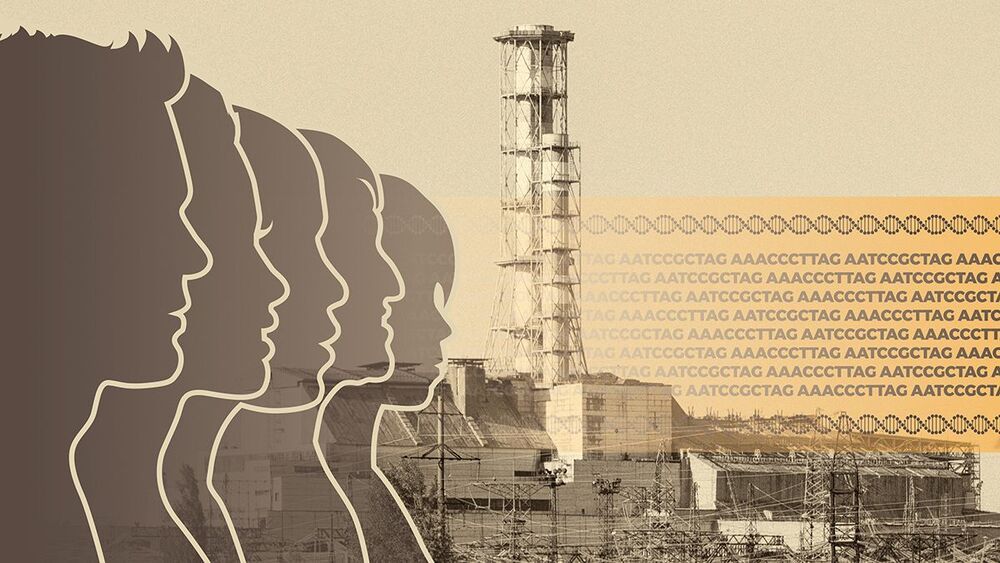The powerful image sensors at the heart of the Vera C. Rubin Observatory have just undergone successful testing. First light scheduled for 2022.
The Vera C. Rubin Observatory has taken another step towards first light, projected for some time in 2022. Its enormous 3200 megapixel camera just took its first picture during lab testing at the SLAC National Accelerator Laboratory. The camera is the largest ever built, and its unprecedented power is the driving force behind the Observatory’s ten year Legacy Survey of Space and Time (LSST).
When paired with the 8.4 meter primary mirror, the camera is an impressive, data-producing monstrosity. Its focal plane contains 189 separate charge-coupled devices (CCDs) that each capture 16 megapixels. Each 3200 megapixel image would take 378 4K ultra-high-definition TV screens to display.
Each image is so huge, that a single one captures an area of sky equivalent to 40 full moons. The team behind the camera says that the image sensors are so powerful that it’ll be able to “see” objects that are 100 million times dimmer than the naked eye could see. A SLAC press release points out that at that level of sensitivity, you could see a candle from thousands of miles away.






